
April 20, 1889 - April 30, 1945

April 20, 1889 - April 30, 1945
was a German politician who was the leader of the Nazi Party (Nationalsozialistische Deutsche Arbeiterpartei; NSDAP), Chancellor of Germany from 1933 to 1945, and Fuhrer ("leader") of Nazi Germany from 1934 to 1945. As dictator of the German Reich, he initiated World War II in Europe with the invasion of Poland in September 1939 and was a central figure of the Holocaust.
Hitler was born in Austria, then part of Austria-Hungary, and raised near Linz. He moved to Germany in 1913 and was decorated during his service in the German Army in World War I. He joined the German Workers' Party, the precursor of the NSDAP, in 1919 and became leader of the NSDAP in 1921. In 1923, he attempted a coup in Munich to seize power. The failed coup resulted in Hitler's imprisonment, during which time he dictated the first volume of his autobiography and political manifesto Mein Kampf ("My Struggle"). After his release in 1924, Hitler gained popular support by attacking the Treaty of Versailles and promoting Pan-Germanism, anti-Semitism, and anti-communism with charismatic oratory and Nazi propaganda. Hitler frequently denounced international capitalism and communism as being part of a Jewish conspiracy.
By 1933, the Nazi Party was the largest elected party in the German Reichstag, which led to Hitler's appointment as Chancellor on 30 January 1933. Following fresh elections won by his coalition, the Reichstag passed the Enabling Act, which began the process of transforming the Weimar Republic into Nazi Germany, a one-party dictatorship based on the totalitarian and autocratic ideology of National Socialism. Hitler aimed to eliminate Jews from Germany and establish a New Order to counter what he saw as the injustice of the post-World War I international order dominated by Britain and France. His first six years in power resulted in rapid economic recovery from the Great Depression, the effective abandonment of restrictions imposed on Germany after World War I, and the annexation of territories that were home to millions of ethnic Germans - actions which gave him significant popular support.
Hitler sought Lebensraum ("living space") for the German people in Eastern Europe. His aggressive foreign policy is considered to be the primary cause of the outbreak of World War II in Europe. He directed large-scale rearmament and on 1 September 1939 invaded Poland, resulting in British and French declarations of war on Germany. In June 1941, Hitler ordered an invasion of the Soviet Union. By the end of 1941 German forces and the European Axis powers occupied most of Europe and North Africa. Failure to defeat the Soviets and the entry of the United States into the war forced Germany onto the defensive and it suffered a series of escalating defeats. In the final days of the war, during the Battle of Berlin in 1945, Hitler married his long-time lover, Eva Braun. On 30 April 1945, less than two days later, the two killed themselves to avoid capture by the Red Army, and their corpses were burned.
Under Hitler's leadership and racially motivated ideology, the Nazi regime was responsible for the genocide of at least 5.5 million Jews and millions of other victims whom he and his followers deemed Untermenschen ("sub-humans") and socially undesirable. Hitler and the Nazi regime were also responsible for the killing of an estimated 19.3 million civilians and prisoners of war. In addition, 29 million soldiers and civilians died as a result of military action in the European Theatre of World War II. The number of civilians killed during the Second World War was unprecedented in warfare, and constitutes the deadliest conflict in human history. Read more ...
From 1905, Hitler lived a bohemian life in Vienna, financed by orphan's benefits and support from his mother. He worked as a casual laborer and eventually as a painter, selling watercolors of Vienna's sights. The Academy of Fine Arts Vienna rejected him in 1907 and again in 1908, citing "unfitness for painting". The director recommended that Hitler study architecture, which was also an interest, but he lacked academic credentials as he had not finished secondary school. Wounded during his military service Hitler pursued his artwork while recuperating, drawing cartoons and instructions for an army newspaper.
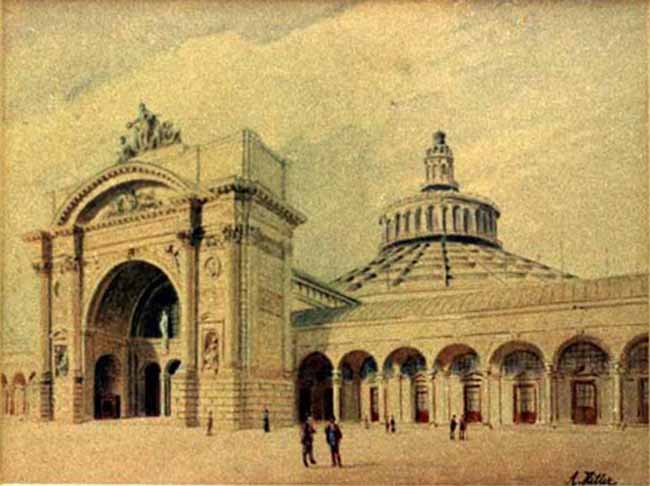
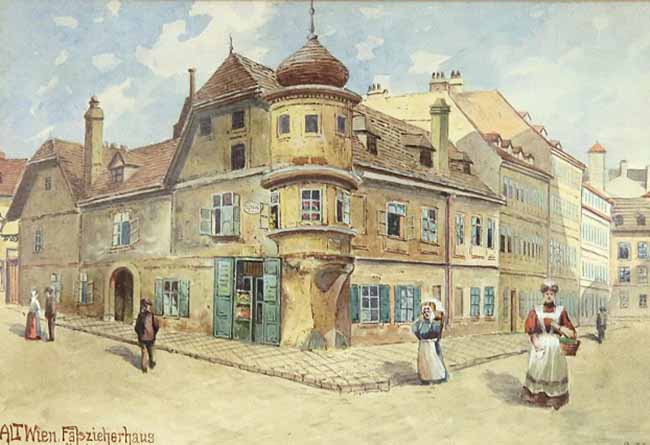
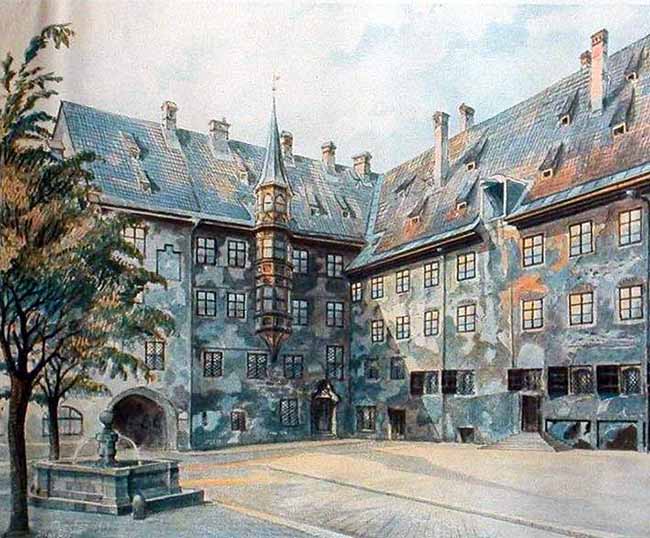
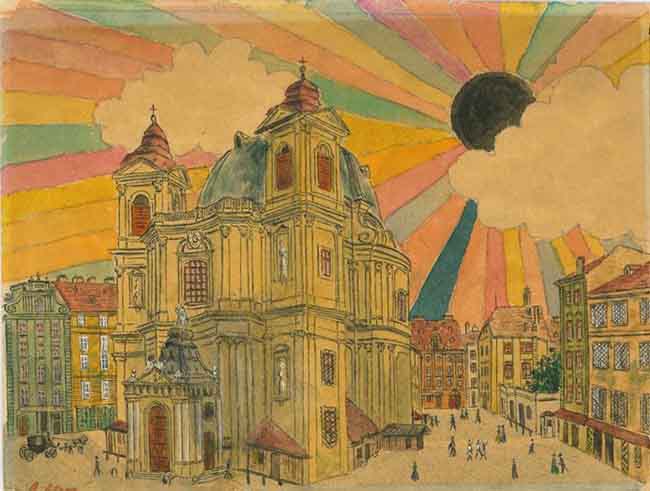

Shelter in Fournes

Mother Mary with the Holy Child Jesus Christ in 1913
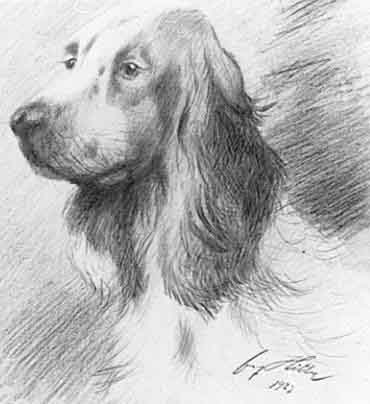
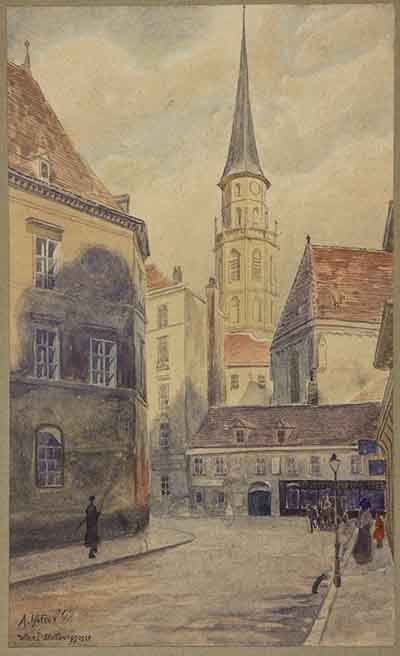
Wedding gift painting by Adolf Hitler fetches $20,000 Washington Examiner - September 1, 2016
A watercolor by Nazi madman Adolf Hitler, given to the caretaker of the fuhrer's country home he shared with Eva Braun, has sold for $20,000 in a Maryland auction, the latest proof that Third Reich artifacts remain red hot among collectors. The painting of a scene in Vienna is signed by Hitler, who fancied himself an artist, though his lack of proper perspectives prompted his rejection from the Vienna Academy of Fine Arts.
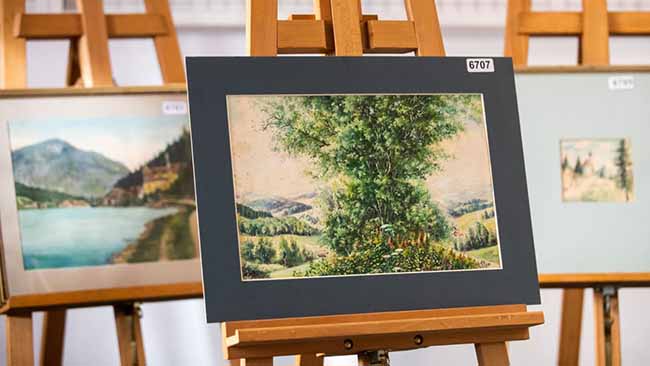
'Hitler watercolors' fail to sell at auction amid forgery concerns CNN - February 10, 2019
Five paintings, purportedly by Adolf Hitler, failed to sell on Saturday at a controversial auction in the German city of Nuremberg -- the location of several major Nazi rallies during the 1930s. The watercolors, and a wicker chair emblazoned with a swastika symbol that was also believed to have been owned by the dictator, were among the items on sale at an auction criticized by several of the city's politicians and citizens. But none of the works met their lofty starting prices, AFP reported, after suspicions about their authenticity were raised.
Among the paintings was a watercolor depicting a mountain lake, which had a starting price of $51,000. The collection comes from "Austrian or European private ownership," from the estates of collectors, and from heirs, according to the auction house.
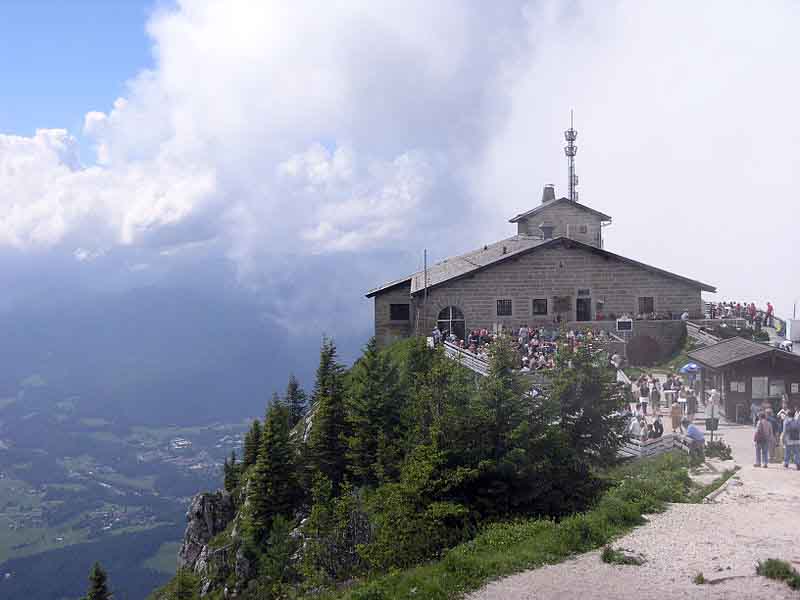
The Kehlsteinhaus (known as the Eagle's Nest in English-speaking countries) is a Third Reich-era edifice erected atop the summit of the Kehlstein, a rocky outcrop that rises above the Obersalzberg near the town of Berchtesgaden. It was presented to Adolf Hitler on his 50th birthday as a retreat and place to entertain friends and visiting dignitaries. Today it is open seasonally as a restaurant, beer garden, and tourist sight.
The Kehlsteinhaus is situated on a ridge atop the Kehlstein, a 1,834 m (6,017 ft) subpeak of the Hoher Gšll rising above the town of Berchtesgaden. It was commissioned by Martin Bormann in the summer of 1937 as a 50th birthday gift for Adolf Hitler. Paid for by the Nazi Party, it was completed in 13 months but held until a formal presentation on April 20, 1939. A 4 m (13 ft) wide approach road climbs 800 m (2,600 ft) over 6.5 km (4.0 mi). Costing RM 30 million to build (about 150 million inflation-adjusted euros in 2007), it includes five tunnels but only one hairpin turn.
From a large car park a 124 m (407 ft) entry tunnel leads to an ornate elevator which ascends the final 124 m (407 ft) to the building. Its car is surfaced with polished brass, Venetian mirrors and green leather. Construction of the entire project cost the lives of 12 workers. The building's main reception room is dominated by a fireplace of red Italian marble presented by Italian dictator Benito Mussolini, which was damaged by Allied soldiers chipping off pieces to take home as souvenirs. Much of the furniture was designed by Paul Laszlo.
Kehlsteinhaus lies several miles directly above the Berghof. In a rare diplomatic engagement Hitler received departing French ambassador Andre Francois-Poncet on October 18, 1938. A wedding reception for Eva Braun's sister Gretl was held there following her June 3, 1944 marriage to Hermann Fegelein. Referred to as the "D-Haus", short for "Diplomatic Reception Haus", the Kehlsteinhaus is often conflated with the Mooslahnerkopf tea house at the Berghof, which Hitler visited daily after lunch. That teahouse no longer exists, as it was demolished by the Bavarian government after the war.
The Kehlsteinhaus was to be the aiming point of an April 25, 1945 Royal Air Force bombing raid conducted by No. 1, No. 5, and No. 8 Group and No. 617 Squadron. The small house proved an elusive target for the force of 359 Avro Lancasters and 16 de Havilland Mosquitoes, with the Berghof area bombed and severely damaged instead.
It is uncertain which Allied military unit was the first to reach the Kehlsteinhaus; several claim the honor. The matter is compounded by popular confusion of it and the town of Berchtesgaden taken on May 4 by forward elements of the 7th Infantry Regiment of the 3rd Infantry Division of XV Corps of the U.S. Seventh Army of the Sixth Army Group. Reputedly members of the 7th went as far as the elevator to the Kehlsteinhaus, with at least one individual claiming he and a partner continued on to the top.
However, the 101st Airborne maintains it was first both to Berchtesgaden and the Kehlsteinhaus. Also, elements of the French 2nd Armored Division, Laurent Touyeras, Georges Buis and Paul Repiton-Preneuf, were present on the night of May 4 to 5, and took several photographs before leaving on May 10 at the request of US command and so says the numerous testimonies the Spanish soldiers who went along with them. Undamaged in the April 25 bombing raid, the Kehlsteinhaus was subsequently used by the Allies as a military command post until 1960, when it was handed back to the State of Bavaria.
Today the building is owned by a charitable trust, and serves as a restaurant offering indoor dining and an outdoor beer garden. It is a popular tourist attraction to those who are attracted by the historical significance of the "Eagle's Nest". The road has been closed to private vehicles since 1952 because it is too dangerous, but the house can be reached on foot (in two hours) from Obersalzberg, or by bus from the Documentation Center there. The Kehlsteinhaus itself does not mention much about its past. Informal tours of the Kehlsteinhaus are available to be booked through the official website. Due to concern about neo-Nazis and post-war Nazi sympathizers no external guides are permitted to conduct tours.
The lower rooms are not part of the restaurant but can be visited with a guide. They offer views of the building's past through plate-glass windows. Graffiti left by Allied troops is still clearly visible in the surrounding woodwork. A large fireplace in the restaurant itself shows severe damage along its lower edges where soldiers have smashed off small shards of marble as souvenirs. Hitler's small study is now a store room for the cafeteria. A trail leads above the Kehlsteinhaus towards the Mannlgrat ridge reaching from the Kehlstein to the summit of the Hoher Gšll. The route, which is served by a Klettersteig, is regarded as the easiest to the top.